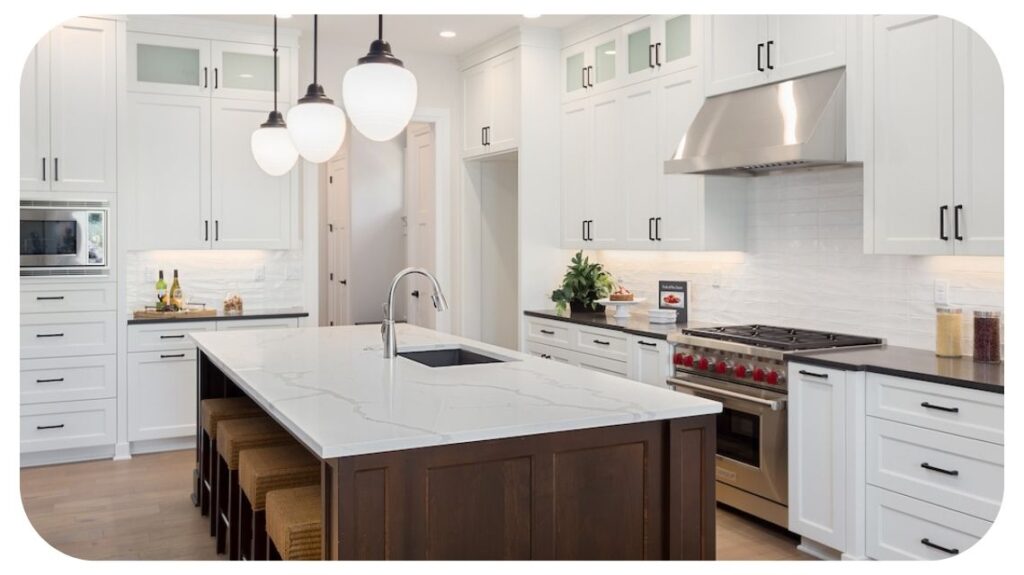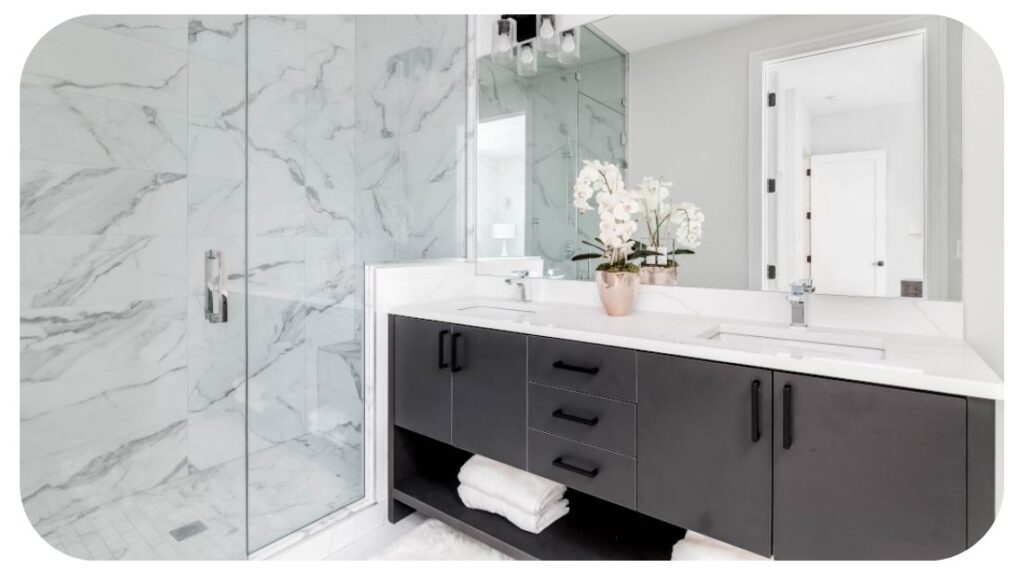Making Your Home Accessible with Insights from AGM Renovations

Ensuring home accessibility fosters inclusivity, accommodating individuals with disabilities, elderly relatives, or temporary injuries. It promotes comfort and independence for all occupants, allowing them to navigate freely and engage in daily activities without hindrance.
By prioritizing accessibility, homeowners contribute to a more inclusive society where everyone feels welcomed and valued within their living spaces. AGM Renovations offers valuable tips and considerations for creating accessible homes, empowering individuals to make informed decisions, and optimizing their living spaces for inclusivity and comfort.
Creating a home accessible to all is a fundamental aspect of inclusivity and comfort. As more families seek to ensure their living spaces cater to every member, the demand for accessible home renovations continues to rise.
The leaders at AGM Renovations review the world of accessible home design – from navigating mobility challenges and considering aging in place to simply aiming to create a more universally welcoming space.
Understanding Accessibility Needs
In the realm of home design, accessibility encompasses a wide spectrum of considerations. It involves creating spaces that can be comfortably and safely used by individuals with diverse abilities and mobility requirements. This includes but is not limited to those with physical disabilities, mobility challenges, visual or auditory impairments, and the elderly population.
“When contemplating accessibility in home renovations, it’s crucial to understand the varied needs that individuals may have,” says a design expert from AGM Renovations. “From wheelchair users requiring wider doorways and lower countertops to individuals with visual impairments needing clear pathways and tactile indicators, each aspect plays a vital role in ensuring a home is truly accessible.”
An essential concept in this domain is the integration of universal design principles. These principles advocate for spaces that are usable by people of all ages and abilities without the need for adaptation or specialized design. Considering features such as zero-step entries, lever-style door handles, and well-planned lighting not only enhances accessibility but also contributes to the overall comfort and usability of the home. Embracing universal design principles ensures that accessibility is seamlessly integrated into the aesthetic and functionality of the living space.
Assessing Your Home’s Accessibility
Before beginning a renovation to enhance accessibility, it’s essential to conduct a comprehensive assessment of your current home setup. This assessment serves as the foundation for identifying areas that may pose challenges and determining the scope of modifications required.
Begin by evaluating the layout and features of your home with a critical eye towards accessibility. Consider factors such as doorway widths, hallway maneuverability, staircases, bathroom configurations, and kitchen amenities. Common barriers may include narrow doorways that hinder wheelchair access, high thresholds, inadequate lighting for those with visual impairments, or slippery surfaces in bathrooms.
A self-assessment can provide valuable insights, but for a more thorough evaluation, professional assessment services offered by renovation companies can be immensely beneficial. These professionals bring specialized knowledge and experience in identifying potential barriers and proposing effective solutions. They can offer tailored recommendations based on your specific needs and the layout of your home.

Practical Solutions for Accessibility
When it comes to making your home more accessible, a number of renovation options and modifications exist to suit diverse needs. These solutions not only enhance functionality but also promote safety and independence within the home environment.
“One of the most common and versatile accessibility features is ramps,” notes a project manager at AGM Renovation.
Ramps provide smooth transitions between different levels of the home, ensuring easy access for wheelchair users and individuals with mobility aids. They can be designed to blend seamlessly with the home’s aesthetic while providing a practical solution.
Wider doorways are another crucial modification that can greatly improve accessibility. Enlarging doorways allows for easier passage of wheelchairs and walkers, enhancing overall maneuverability within the home. Coupled with lever-style door handles, which are easier to operate for those with limited dexterity, these adjustments contribute to a more user-friendly environment.
For bathrooms, the addition of grab bars and accessible fixtures can make a significant difference. Grab bars provide stability and support, especially near toilets and showers. Installing roll-in showers with grab bars and non-slip surfaces ensures safety without compromising on style. It’s important to note that these solutions are not one-size-fits-all, and customization is key.
Renovation companies specializing in accessibility can offer personalized recommendations tailored to individual needs and preferences. By selecting features that align with specific requirements, homeowners can create a living space that not only meets accessibility standards but also reflects their unique lifestyle.
Budgeting and Planning for Accessibility Renovations
Accessibility renovations require thoughtful budgeting and planning to ensure a successful and cost-effective outcome. Understanding the financial aspects of these projects is essential for homeowners seeking to enhance accessibility within their homes.
When budgeting for accessibility renovations, it’s crucial to consider the scope of the project and the specific modifications needed. Create a detailed list of desired changes, including materials, labor costs, and any additional expenses such as permits or design consultations. This comprehensive approach helps in estimating the total budget required.
Exploring available financial assistance options can also alleviate some of the financial burden. Many regions offer grants, subsidies, or low-interest loans specifically for accessibility renovations. These resources can significantly offset costs and make accessibility improvements more attainable. Research local programs and eligibility criteria to determine which options may apply to your situation.
“Careful planning is key to maximizing the budget for accessibility renovations,” says AGM Renovation reviews.
Prioritize modifications based on immediate needs and potential long-term benefits. By focusing on essential changes first and incorporating others gradually, homeowners can spread costs over time while still improving accessibility.
The demand for accessible home design continues to grow as advancements in technology and design innovation offer exciting possibilities for even more tailored and efficient solutions. Homeowners are encouraged to take proactive steps toward enhancing accessibility in their living environments.
Whether it’s installing ramps, widening doorways, or incorporating grab bars, each modification brings us closer to a future where accessibility is the norm rather than the exception. Homeowners should engage with reputable renovation companies specializing in accessibility.
Recommended For You
10 Most Popular Types of Locksmith Services
Most Inside
Most Inside offers high-quality recommendations and valuable updates to enhance all aspects of your life, providing premium guidance and enriching experiences.



![The Importance of Driveway Alarms for Home Security [8 Advantages] The Importance of Driveway Alarms for Home Security [8 Advantages]](https://www.mostinside.com/wp-content/uploads/2023/07/driveway-alarms-for-home-125x125.jpg)
